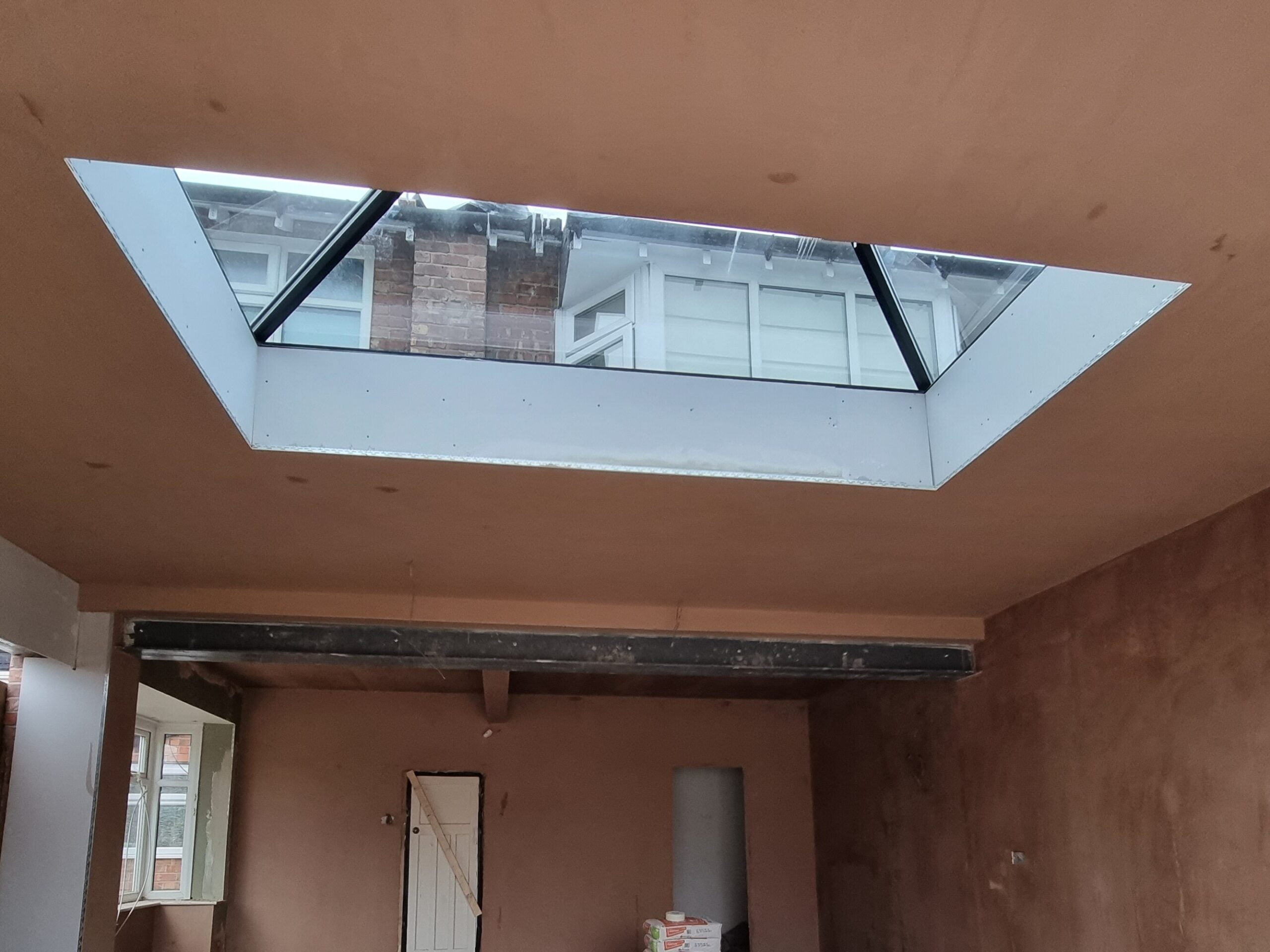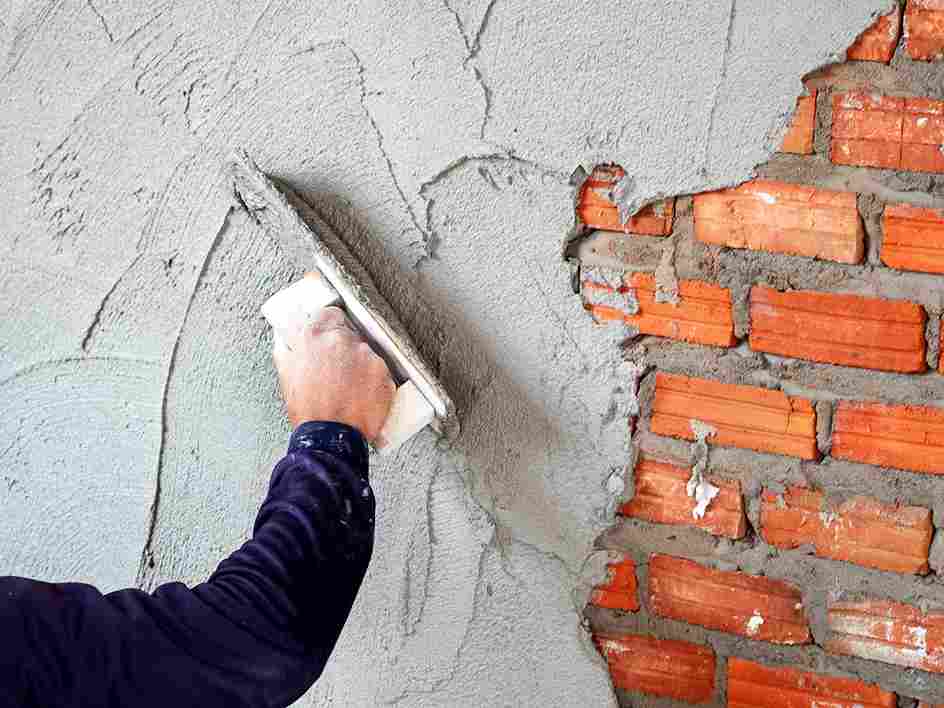Plastering Installment: Professional Providers for New Construction Projects
Wiki Article
Secret Tips and Tools for Successful Gluing in your house Renovation Undertakings
Accomplishing a perfect plaster surface in your home renovation jobs needs a mix of the right devices and tried and tested strategies. Understanding the nuances of mixing plaster and applying it in slim layers can dramatically affect the last result.Necessary Smudging Tools
A plasterer's toolkit is fundamental to attaining a smooth and long lasting finish on ceilings and wall surfaces. The necessary tools encompass a range of executes made to help with the plastering procedure successfully and effectively. Secret elements consist of a hawk, which is a level, square device used to hold the plaster while applying it to surface areas. This device enables easy transport and application of the product.
Furthermore, a blending bucket is needed for preparing plaster, making sure the best uniformity before application (Plastering). Together, these crucial plastering tools enable both specialists and Do it yourself enthusiasts to achieve premium results in their smudging projects.
Surface Preparation Techniques
Properly preparing the surface before plastering is essential for guaranteeing adhesion and attaining a remarkable surface. The initial step includes cleansing the surface to remove any type of dust, grease, or old paint that might prevent the plaster's capacity to bond properly. A thorough wash with an appropriate cleansing option is recommended, adhered to by rinsing and allowing the surface area to completely dry entirely.Following, assess the surface area for any kind of cracks or flaws. These should be full of an ideal filler compound and allowed to treat according to the supplier's instructions. For porous surfaces, using a guide is important to improve and create an uniform texture bond.
Furthermore, it is important to make sure that the surface area is stable and structurally audio. Any kind of loose materials, such as flaking paint or harmed drywall, need to be fixed or removed. Consider making use of a scrape layer to boost grasp. if functioning with stonework surfaces.
Mixing Plaster Like a Pro

Making use of a clean mixing container, pour the water first, after that slowly include the plaster powder while stirring continuously. This method assists to prevent clumping and ensures an also circulation of materials.
Once blended, permit the plaster to relax for a few mins to allow the plaster crystals to moisten completely. This pause improves workability and reduces the threat of cracking throughout application. By adhering to these actions, you can blend plaster like a pro, setting the structure for a successful smudging task in your home renovation ventures.
Application Techniques for Smooth Finishes
With the plaster combination prepared to the optimal uniformity, the following step includes selecting suitable application methods to achieve a smooth surface. This tool enables for a fine, also circulation of plaster across the surface while reducing trowel marks.Begin by using a charitable amount of plaster to the surface area using site here the trowel, guaranteeing it adheres well. As soon as the first coat is used, make use of a sweeping movement to smooth the surface area, using even stress.
For the last touches, a damp sponge can be utilized to fine-tune the surface additionally. Gently haze the plaster with water and carefully scrub the surface area to achieve a sleek effect. Always bear in mind to function in small areas to maintain control over the application procedure, making certain a smooth, professional surface throughout your plastering task.
Common Errors to Avoid
When embarking on a plastering job, avoiding usual mistakes is vital for achieving a flawless finish. Among the most common errors is overlooking surface area prep work. Stopping working to clean and repair the substratum can lead to poor adhesion and uneven surface areas. Guarantee that all dirt, oil, and loose products are removed before applying plaster.Another usual error is using plaster also thickly. Thick layers can break as they dry out, endangering the honesty of the surface. Rather, select several thin layers, enabling each coat to dry totally prior to applying the following.
Furthermore, poor mixing techniques can lead to inconsistent texture and workability. Constantly comply with the maker's instructions for blending proportions and extensively mix the plaster to attain a consistent uniformity.

Timing also plays a crucial duty; plaster ought to be applied while the substrate is moist to boost bond. High-quality trowels and floats can make a substantial distinction in accomplishing a smooth surface.
Final Thought
Efficient gluing requires a detailed this post understanding of essential tools and techniques. Mastery of these aspects not just adds to the aesthetic appeal of a space yet also ensures resilience read this post here and durability in gluing jobs, making them integral to effective home improvement ventures.A float is another critical device, which assists in leveling the plaster and attaining a consistent surface.

By adhering to these actions, you can mix plaster like a professional, establishing the foundation for an effective gluing task in your home renovation ventures.
Gently mist the plaster with water and gently scrub the surface area to attain a sleek result.
Report this wiki page